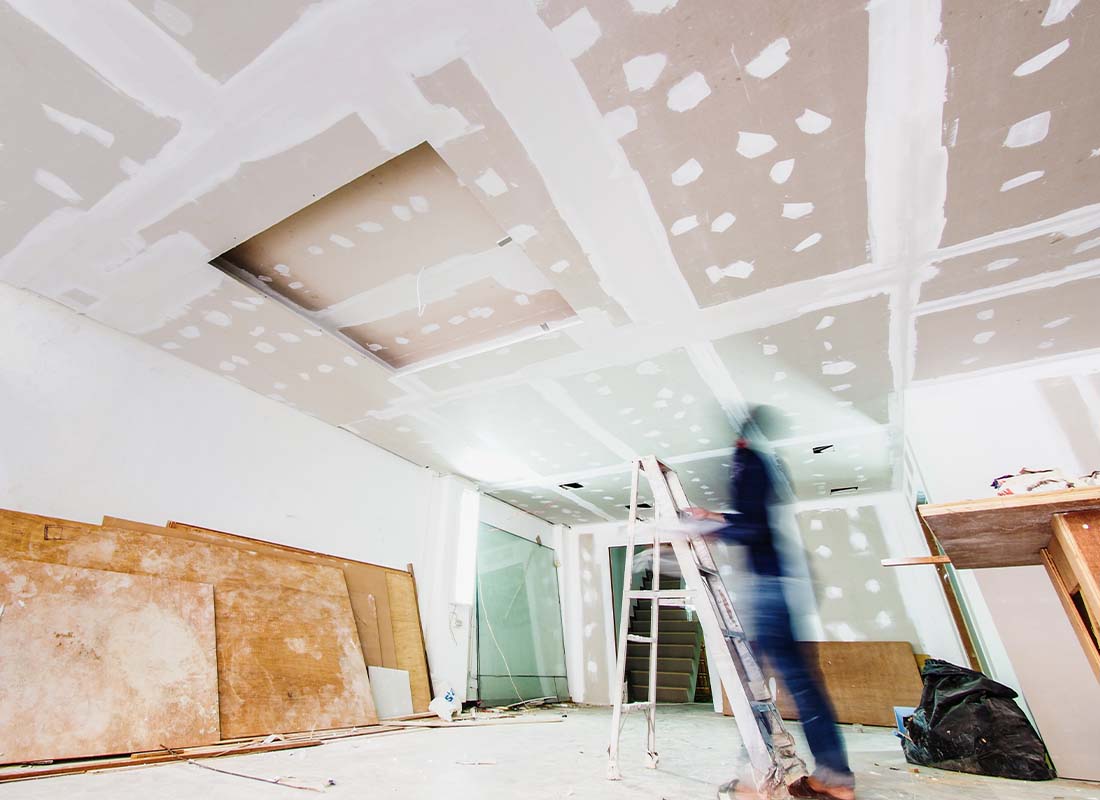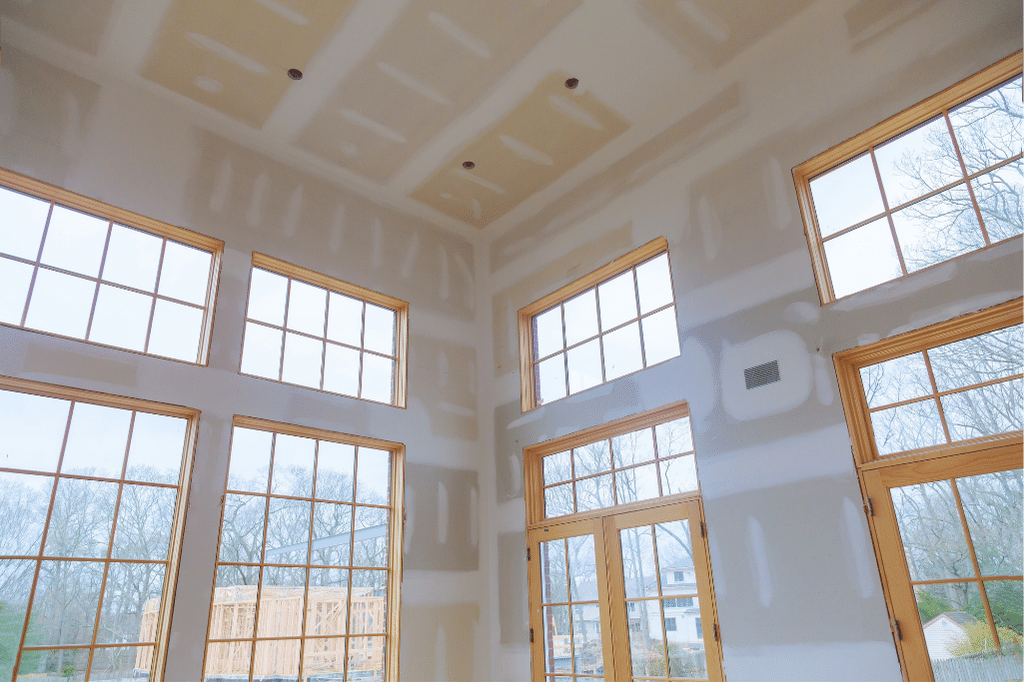Expert Drywall Contractor Services for Your Home Restoration
Expert Drywall Contractor Services for Your Home Restoration
Blog Article
Drywall Setup Made Easy: Tips for Perfect Results
Drywall setup is often viewed as a difficult job, yet with the best strategy and understanding, it can come to be a workable undertaking. Mastering methods for reducing, hanging, and completing drywall can dramatically impact the result.
Choosing the Right Materials
Choosing the appropriate materials for drywall installment is crucial to accomplishing a sturdy and aesthetically pleasing surface. drywall installation. The main part, drywall sheets, generally been available in numerous thicknesses, with 1/2-inch sheets being basic for indoor wall surfaces. For locations requiring additional wetness resistance, such as kitchens or restrooms, think about making use of environment-friendly board or cement board, which are specially developed to stand up to moisture

Furthermore, choosing the best fasteners-- either screws or nails-- is important for securing the drywall to the framing. Drywall screws are typically preferred for their holding power and minimized danger of standing out. Consider the finishing touches such as guide and paint, which not just improve the appearance yet additionally secure the drywall from wetness and wear.
Preparing the Installation Location
Prior to beginning the drywall installment process, it is necessary to prepare the installation location thoroughly. A tidy workspace lessens the threat of damage to existing things and allows for effective activity during installment.
Following, examine the wall surfaces and ceiling for any flaws, such as splits, holes, or mold. Address these concerns beforehand; patch any kind of damages and enable enough time for repairs to dry. In addition, ensure that electric outlets, buttons, and pipes are properly positioned and represented, as this will certainly impact drywall placement.
Consider the environmental conditions as well. A steady temperature and humidity level are important for ideal bond and performance of the drywall materials. If required, use a dehumidifier or heater to create suitable conditions.
Cutting and Hanging Drywall
The key to efficient drywall installment exists in the accurate cutting and hanging of the panels. Make use of a straight edge and an utility blade to score the drywall along your measurements, after that snap it along the scored line for a tidy break.

Always function from the top down and left to right, making sure that you maintain a staggered pattern to improve security. Correctly hanging the drywall establishes the foundation for a smooth surface, inevitably resulting in premium results in your drywall job.
Insulation and Mudding Techniques
While appropriate cutting and dangling of drywall establishes the stage, the next critical step includes understanding taping and mudding techniques to make sure a smooth finish. Taping is necessary for enhancing joints and avoiding fractures; it entails installing tape into the applied joint compound (mud) Begin with a top quality fiberglass or paper tape, using the tape over the joint and pushing it into the wet mud utilizing a taping blade, making certain no air bubbles continue to be.
Once the tape is in place, apply a thin layer of joint substance over the tape, feathering the sides to develop a smooth change to the drywall surface area. Allow this layer to completely dry entirely before sanding it lightly to remove flaws. Repeat this process, applying extra layers of mud as needed-- commonly two to three coats-- while gradually widening the application area with each layer to achieve a smooth appearance.
After the last layer dries out, sand the surface area with a fine-grit sandpaper till smooth. drywall contractor. Remember to wear a mask throughout fining sand to stay clear of breathing in dirt bits. Grasping these taping and mudding techniques is crucial for achieving additional resources a professional-quality finish in your drywall installation
Ending Up Touches for Excellence
Accomplishing a perfect drywall setup surpasses taping and mudding; it finishes in the completing touches that raise the overall look. These last steps are essential in guaranteeing a professional-grade finish that boosts the looks of your room.
Begin by fining sand the dried joint substance to produce a smooth surface. Make use of a fine-grit sandpaper and a fining sand block or pole sander for optimum control. Pay specific attention to sides and corners, as these areas often tend to call for even more meticulous job. After investigate this site sanding, clean down the wall surfaces with a damp towel to eliminate any kind of dirt particles, making certain a clean surface area for painting.
Next, use a guide particularly made for drywall. This step is crucial, as it helps secure the joint substance and offers a consistent base for the topcoat. When the guide dries, check for any kind of imperfections, and retouch as required.
Conclusion
In verdict, effective drywall installment hinges on the careful choice of products, detailed prep work of the installation area, and precise execution of cutting and hanging techniques. Mastery of taping and mudding processes is vital for accomplishing a smooth surface.
Drywall setup is commonly viewed as an overwhelming job, yet with the appropriate strategy and expertise, it can come to be a convenient venture.Choosing the suitable materials for drywall installation is essential to achieving a durable and cosmetically pleasing coating.Prior to beginning the drywall installation procedure, it is crucial to prepare the installment location thoroughly. Mastering these taping and mudding strategies is essential for accomplishing a professional-quality surface in your drywall installation.
In final thought, effective drywall setup hinges on the mindful choice of materials, thorough prep work of the setup area, and specific execution of cutting and hanging strategies.
Report this page